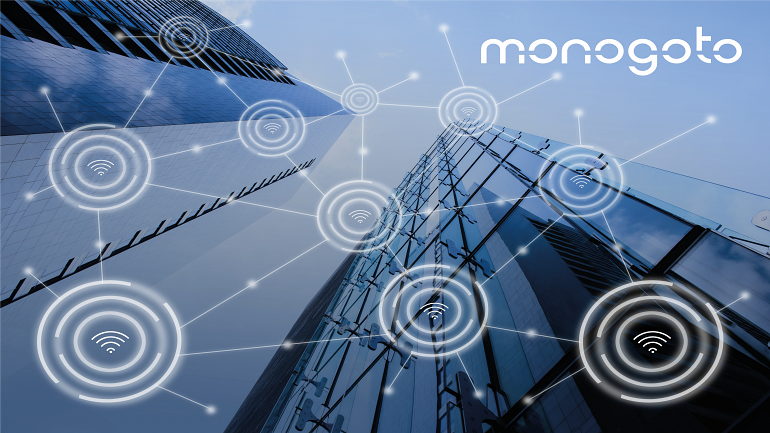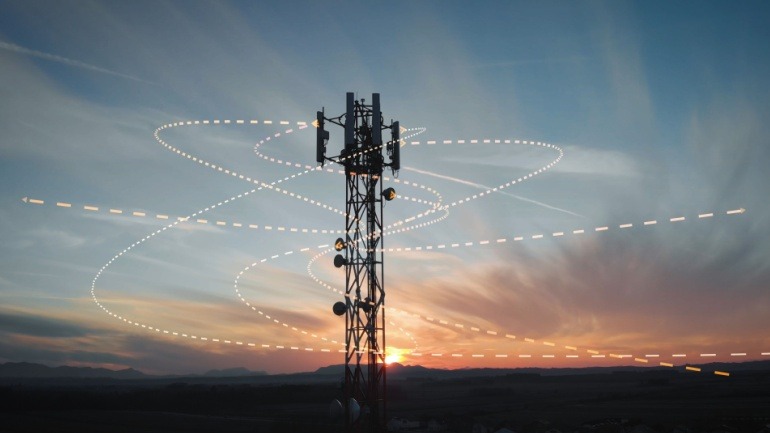Contributed by Maor Efrati, CTO at monogoto
Working from home: A lot has been said about increased productivity and family time as positively impacted during the COVID-19 quarantine. I am discovering that it’s also good for writing and for analyzing the many conversations that I and my monogoto.io partner Itamar Kunik have regarding cellular, WiFi, and the future of connectivity.
@monogoto we are building an OTT cellular network. We are providing a connectivity service to any company that desires to have cellular connectivity as part of the offering or product. Simplifying the backend and network with strong API’s while keeping all the bells and whistles that a cellular network can support over a traditional last mile (RJ45 and WiFi). It will be interesting to see what plays out regarding WiFi vs Cellular as the last-mile provider. Some think cellular technology is the perfect solution for all wireless networks, while others hope WiFi 6 and 7 will fix most of the current gaps associated with WiFi.
Many radio experts believe that a governed spectrum, regardless of whether the band is licensed or unlicensed, performs better than cellular and is more secure. The technological comparison points mostly in favor of cellular networks, here are a few brief examples.
Speed: In the near future, 5G will exhibit more promising speed (10 Gbps) versus WiFi 6 (9.6 Gbps). Cellular Wins.
Latency: 5G will offer Ultra-low latency; critical for some uses. WiFi 6 with > 100 sec, Private LTE with around 40 msec and 5G with 99.9999 – yes, 6 x 9, and URLLC. Cellular Wins.
Density: How many concurrent connections can be sustained? WiFi was initially designed for home use and morphed to Enterprise use – LTE starting with 100,000 connections per SqKM and 5G with 1million connections per SqKM. Cellular Wins.
Radio Efficiency (for longer battery life): WiFi 6 and 7 will try to bridge the gap here. Cellular with managed frequency and advanced services PSM/eDRX (device power saving contributes to radio efficiency, meaning channel capacity as per Shannon-Hartley) has an advantage. Cellular Wins but WiFi is getting better here.
QoS: Discerning between essential traffic and less important traffic. LTE has categories and 5G will offer even more flexibility including network slicing. Cellular Wins.
Air Security: Encryption on the ratio. Cellular Wins.
The Cost of Modem Modules: LTE and 5G modules are still much more expensive. WiFi Wins.
Mobility: in my opinion, and with growing globalization this is very important: Mobility is in the DNA of how cellular networks operate. Roaming is a standard capability in a cellular network and will have to be reinvented in upcoming WiFi protocols. – Cellular Wins
There is one other aspect, critical to understanding the very essence of the difference between these two connectivity modalities, the BSS – Business Support Subsystem. This is the subsystem that mobile operators use to run their businesses. Cellular connectivity costs money, and because it’s monetized, this industry has become very mature in many aspects.
In the following examples, we can see how this could also be implemented in private networks. It all starts with a Call Detail Record (CDR) that is the basis of many billing related features:
- Billing: Prepaid and postpaid with real-time and near-real-time billing.
- Packages and Bundles: For example, 1000 events, 20 GB, Per month/day/week.
- Policy, which is also known as PCRF: White list or blacklist of domain/phone numbers.
- Reverse Billing: 1-800 or collect billing of IP traffic.
- Device Management: Relevant configuration and alerts based on your device IMEI.
- Zero-Rating: For example, free Facebook traffic.
- And many business-related features that are very mature in cellular networks.
The main reason for such flexibility in cellular networks is that we utilize several identifiers, not just the IP ADDRESS of the device. This allows the network to be highly flexible, and open to all kinds of advanced business models (e.g. IMSI, SUPI, IMEI, ICCID, EID).
IMSI or SUPI: Used for CDR’s, Signaling, and Billing.
IMEI: Used for device management.
ICCID/EID: Used for lifecycle management (EID – for eSIM).
So, when it comes down to business operations cellular is a clear winner. Cellular Wins.
Here are several examples of use cases implementing cellular connectivity technologies and the benefits of business operations.
Use Case 1: Hospital with multiple branches can launch a private LTE/5G network for its Campus.
Siemens, as a medical device manufacturer, can ship devices that will automatically find networks and connect to them, thanks to the lifecycle management: ICCID (the ICCID will have a bootstrap identity on it with a preferred network list know as PLMN) and one of the networks in the list can be the hospital network.
The IMEI of the sensor will be registered in the network EIR for regulation and device management. Each hospital can configure the relevant package/bundle for this device – with respect to who is paying the bill.
Maybe if it’s a subscription-based device/solution (telemedicine) it will need higher priority, lower latency, and may cost more than telemetry traffic. Or, there may be a base package of XX GB that comes with the service, or, alternatively zero-ratings for all the “hospital traffic” but software updates and different types of traffic will be charged.
This concept is so flexible, simple to implement, and very mature.
Use Case 2: Stadiums can launch a CBRS private network with multiple types of services.
The point of sale (POS) could be a customer with a very reliable package (today POS in stadiums are using wires due to the fact that public cellular networks are overly congested)
Video broadcast – all the screens and video monitors will get very fast 4K service and of course, someone will pay for it.
Mission Critical Push To Talk (MCPTT) services and security cameras will also get a very strong and reliable solution and of course, a customer will pay for it.
And last but not least – the visitors can get extra coverage with a roaming agreement that the stadium will have with the national MNO.
We can look at any industry that is relevant for a “private network“ as an industry that can sell the service to its users. The users could be a factory with robots/medical sensors or even real people.
Use Case 3: Home networks. Dominated by WiFi today but very complex to configure (have you tried to add an air-conditioner to the network?) monitor and secure.
Imagine, that I will have a 5G node gNodeB in my home. Of course, it will take time, and we need to wait until more equipment is available to provide these options on the UE, but let’s look at the possibilities here. Regardless of the speed & low latency advantages, let’s look at the BSS opportunities:
If Panasonic makes an air-conditioner and it comes with a cellular modem, it will be trivial for me to add it to my network. Just add the company portal and allow the ICCID in my network. And the same applies to any IoT device that I will add. The provisioning and security of this device will be far better than the WiFi network.
The same would apply to my security camera, smart doorbell, or any other smart device that I purchase. It’s going to be seamless, and more important when my home network won’t work with a device that will be considered as “roaming” by my cellular provider, providing a truly resilient solution.
We can see that Verizon is already starting to provide a 5G last mile as fixed wireless access. The next step will be to also cover 5G coverage indoors.
Private networks are going to work in many other sectors, for example, a city that wants its own network, campus, or an industry 4.0 factory.
All these use cases will need to have some policy around device management, provisioning, and billing. That has already been well defined in the cellular world. These use cases may be a distant concept, but I am sure that when this market evolves and more IoT devices become available, all the advanced business operation capabilities from the telecom world will start to be applied to the domain of the private network.
A few years ago I heard a quote from an Operator CEO “a call without a CDR is a call that never happens.” Perhaps he was paraphrasing the famous question: “If a tree falls in a forest and no one is around to hear it, does it make a sound?”. With the technology from the cellular networks at our disposal, we’ll be ready to listen.







